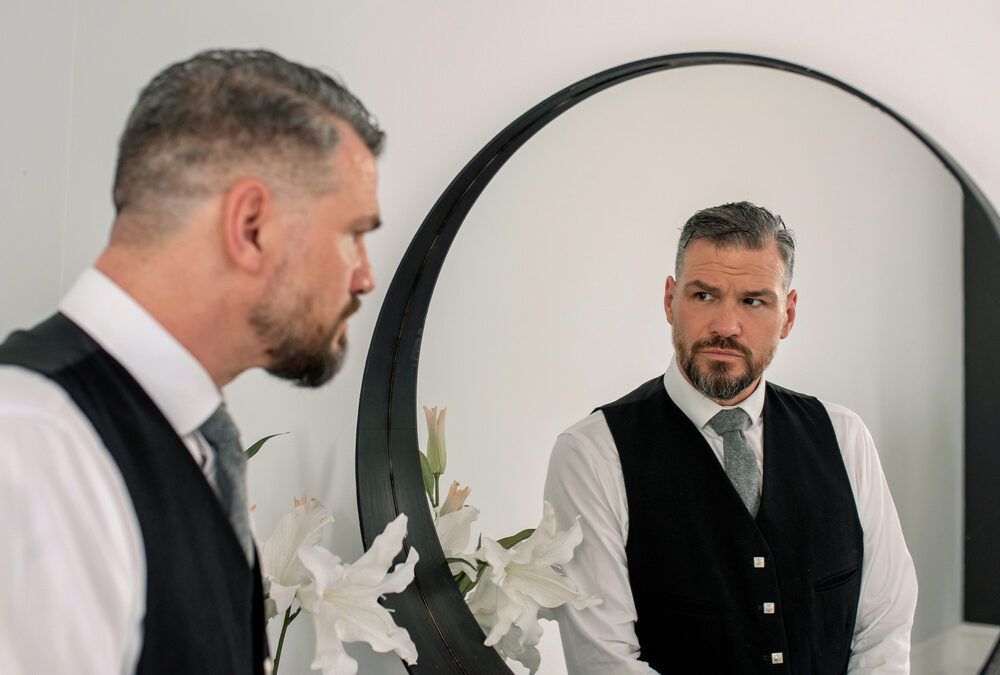Many small business owners know that a high-conflict work environment is bad for employee productivity and retention, and ultimately, bad for business. But all too often, business owners overlook unresolved conflict between coworkers, looking for other symptoms to the problem. The truth is that conflict resolution in business isn’t what you think. It’s not a last resort to unravel a toxic working environment, it’s a form of emotional intelligence that builds trust and makes space for workers to be vulnerable.
This is the first in a four-part blog series on conflict resolution in business and what to do about it. Future posts will address accepting the role of conflict in business, improving one’s own ability to express and discuss conflict, and the secret sauce of conflict resolution.
Get Help with Leadership, Conflict Resolution, and Business Strategy
Talk to a consultant who can help you make strategic decisions about the future of your business.
Conflict is Everywhere
It is a common misconception that conflict is somehow strange and unnatural. Conflict is ubiquitous – it’s everywhere. Conflict exists inside us, around us, and between us and other people.
Internal conflict arises when we try to prioritize between interests, plan methodologies, or resist impulses. This kind of conflict can motivate you to take action, but it can also keep you from pursuing your goals.
The conflict around us can take the form of competing goals, managers with different preferences or priorities, or customer demands. How you react to this kind of conflict often depends on your personality and personal history, as well as how close you are to the conflict.
Most of the time, when business owners talk about conflict resolution, they mean the type of conflict that occurs between coworkers. Most interpersonal conflict is unimportant. You may disagree on the food to order for a meal or have different approaches to a client issues. This kind of conflict can be innocent, or even beneficial. When simple disputes become bigger, it is representative of something else – something deeper, and often personal to the people involved.
Conflict Resolution Isn’t About Pointing Blame
Often when managers try to implement conflict resolution in business settings, they start from the perspective of determining who is right and who is wrong. They, and their employees, may not be able to look at themselves or see how their own point of view may be contributing to the conflict. They will look at everything and everyone around them trying to find the obstacles in their way – a process called externalization.
The truth is that often, the best form of conflict resolution revolves around introspection rather than externalization. Managers considering the success or failure of their direct reports may not realize that their own point of view, expectations, and actions may be affecting their team’s ability to meet company goals. Looking for owning and communicating your own contribution to the conflict is a good first step to resolving that conflict.
This is where a skilled conflict resolution facilitator can help. During one-on-one meetings with participants, a facilitator can help each participant look inside to see what they are bringing into the disagreement that may be affecting their emotions and perceptions of others, identify their role in the current conflict, and communicate their needs to one another in a safe environment.
Conflict Resolution Requires Open, Trusting Communication
Often employees’ informal conflict resolution strategies include various forms of conflict avoidance. Employees may “check-out,” become disconnected, or even begin looking for new jobs. Especially when the conflict involves your superior, it can be very difficult to trust that speaking out won’t put your reputation, or even your job at risk. Avoiding difficult conversations may be misinterpreted as a personality flaw when in fact it is a defense mechanism.
The only one who can empower people to speak up is the boss. Changing the culture around workplace conflict must come from the top down. They need to know they’re going to be protected if they speak out. This may include coaching employees to improve assertiveness and adopt healthier coping mechanisms. It also may require setting and enforcing clear anti-retaliation policies. Managers and leaders can also model being receptive to criticism, and constructively expressing their own points of view and contributions to the conflict. Finally, it is business owners and executives who can identify the need for conflict resolution in business and bring in a facilitator to remove any misconceptions and address the disputes.
David Stanislaw is leadership and executive coach with over 30 years’ experience helping managers and leaders manage teams effectively and resolve workplace conflict. Contact us to meet with David and address conflict in your business today.


Recent Comments